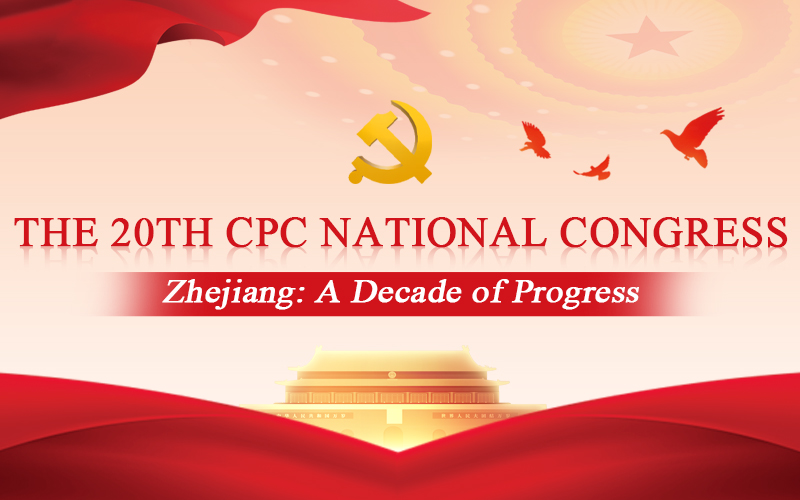Shaoxing tops Zhejiang in per capita disposable income
According to the Zhejiang Provincial Bureau of Statistics, Shaoxing has achieved the highest per capita disposable income for urban residents in the province, reaching 83,579 yuan ($11,559).
This figure surpasses Hangzhou and Ningbo by 223 yuan and 469 yuan, respectively. Additionally, Shaoxing's overall per capita disposable income stands at 72,898 yuan, ranking third in the province.
In recent years, traditional industries such as textiles, yellow rice wine, and pearls have undergone significant technological upgrades and brand vitalization, injecting new vitality into the local economy.
In 2024, the total transaction volume of China Textile City exceeded 400 billion yuan. Keqiao district, a major hub for the textile and dyeing industry, accounts for 40 percent of the national dyeing capacity. Meanwhile, Shanxiahu town in Zhuji remains the largest freshwater pearl production and sales center in China, responsible for 80 percent of the national and 73 percent of the global freshwater pearl market.
Emerging industries in Shaoxing, including chips, pharmaceuticals, and blade batteries, have also rapidly developed, marking significant achievements in the city's industrial transformation and upgrading efforts.
In 2024, Shaoxing's GDP reached 836.9 billion yuan, reflecting a 6.5 percent year-on-year growth, the second-highest growth rate among the 11 cities in Zhejiang.
Notably, Shaoxing has implemented a series of comprehensive rural vitalization plans, reducing the urban-rural income gap to a ratio of 1.62 in 2024, a decrease of 0.03 from previous figures.
Moreover, the number of market entities in Shaoxing has continued to grow, exceeding 800,000 in 2024.
In the first three quarters of 2024, the average number of jobs created per individual business was 2.26, higher than the provincial average of 2.19. Additionally, the total retail sales of consumer goods in Shaoxing reached 300.8 billion yuan, with a 6.7 percent year-on-year increase, ranking second in the province in terms of growth rate.


 Connecting Global Perspectives, Focusing on Zhejiang's Practices
Connecting Global Perspectives, Focusing on Zhejiang's Practices Shaoxing Showdowns
Shaoxing Showdowns Zhejiang: A Decade of Progress
Zhejiang: A Decade of Progress